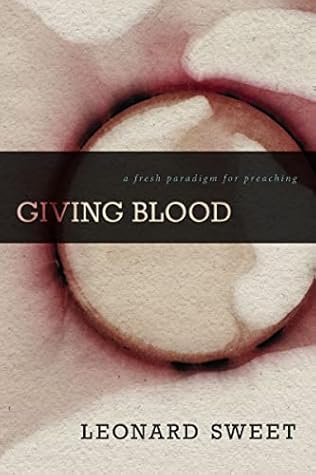More on this book
Kindle Notes & Highlights
Abduction, often thought to be a subtype of induction,9 is more creative and imaginative because it forms explanatory hypotheses or suggestions based on intuition that must be subsequently proven by action or experience.
Transduction is the interactive unfolding of internal revealed meaning, revealed truth. Like abduction, it includes intuitive right-brained inquiry but adds reception and animation.
Peirce claimed that deduction is the language of mathematical logic while induction is the language of scientific empiricism.
priori knowledge is conceptual and independent of experience, based on reason alone.
In other words, one’s life is a “sign,” a visible sign of the invisible presence of Christ in the heart.
abduction measures the truth of a theory in relationship to experiences of its results.
For Peirce the pilgrim’s search for God is not immersion but inquiry, not truth but still a form of knowledge.
For Peirce abduction must be ultimately proven by the visible signs of purposeful action: “Nothing is in the intellect that is not first in the senses.”
an experience not yet differentiated in action but distinguished by what chaos theory calls the “strange attractor”25 that constrains and directs what is missional, relational, and incarnational (MRI). It is an inner experience of the whole being — mind, body, spirit.
As people of Christ, we do not measure only by what we see with our sight but by what we perceive with our insight through the eyes of faith.
I name this the peshat of preaching, or expository preaching.
call type B blood inductive. I
is a combination of peshat and remez: it shares both rational and sensory knowledge.
Transductive (transincarnational) preaching: This blood type is really the name of the entire blood networking system.
This is the sod of preaching — revealing and experiencing the incarnation of Christ within the body.
The deductive sermon sets out to demonstrate the validity and reliability of a truth. It often consists of an introduction, multiple points, and a conclusion.
In the expository sermon, points and propositions are the skeleton; illustrations are the “fleshing out” of the structure, the add-ons.
deductive method but his increased conviction that preaching needs to “grab the guts”:
Inductive preaching is more of a journey than an arrival and is often manifested as narrative preaching.
Move from linear to nonlinear thinking, engaging both sides of our brains.
Abduction uses the creative mind to make inferences, decipher signs, connect relationships, reframe images, change directions.
Replace “theory” with “story” and you have it about right.
Abduction is the process of forming an explanatory hypothesis, or what we are calling a narraphor.
Abduction is “a feeling kind of knowing” not sufficient in and of itself but indispensable in the whole-brained representation and apprehension of the sacred.
Abduction differs from induction in that propositions and laws do not define the sign, but one “has to posit the code at the same time as making the inference.”
This is what a preacher owes a congregation: passion, excitement, engagement, and just possibly, surprise.
preaching has to have more of a rhythmic quality.
Christianity expects so much of the heart yet speaks so much to the head.
engages the whole being in ways that open up new conduits of creation, cognition, and re-cognition, which can lead to change of heart and thoroughfares to truth.


